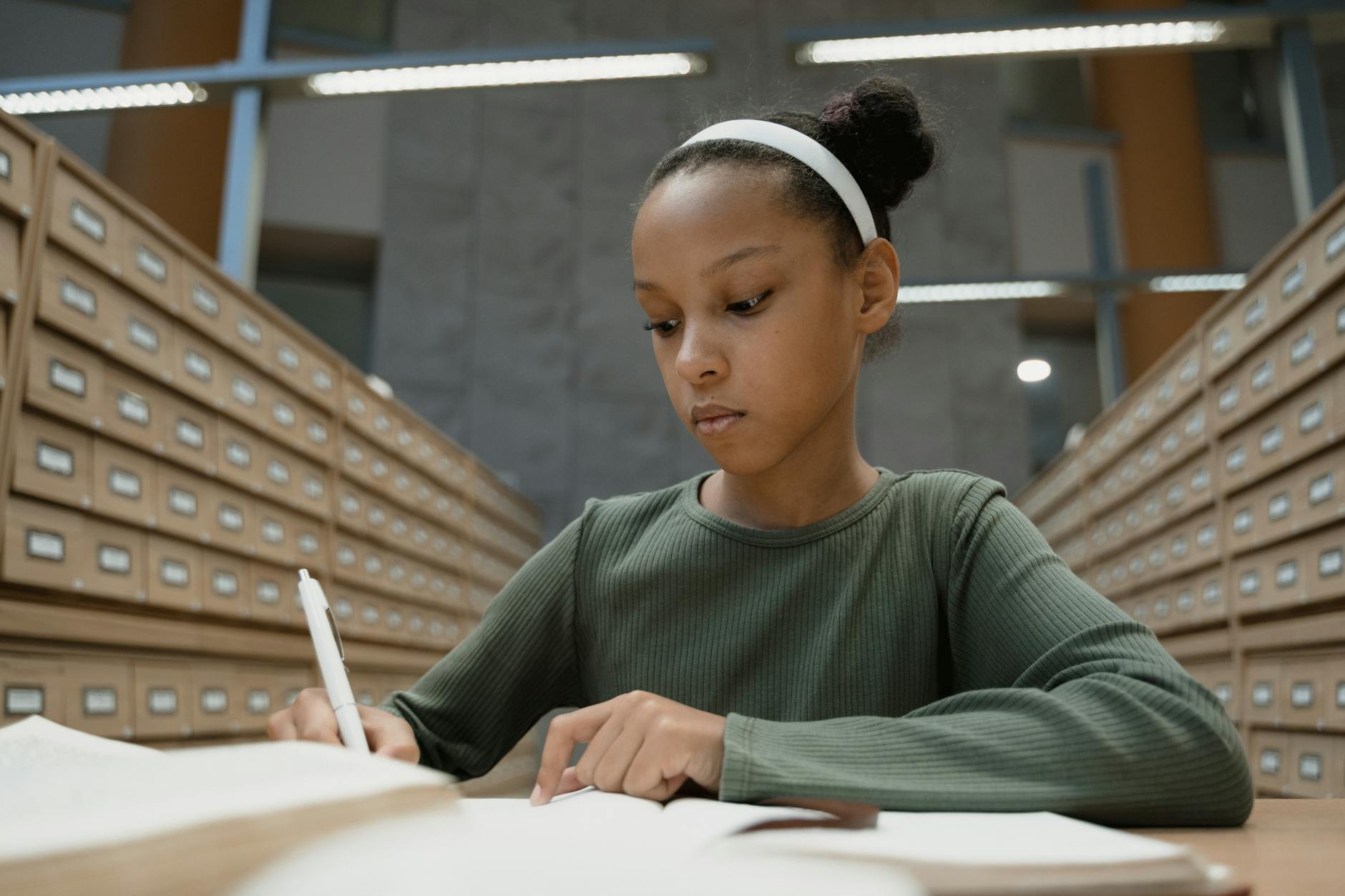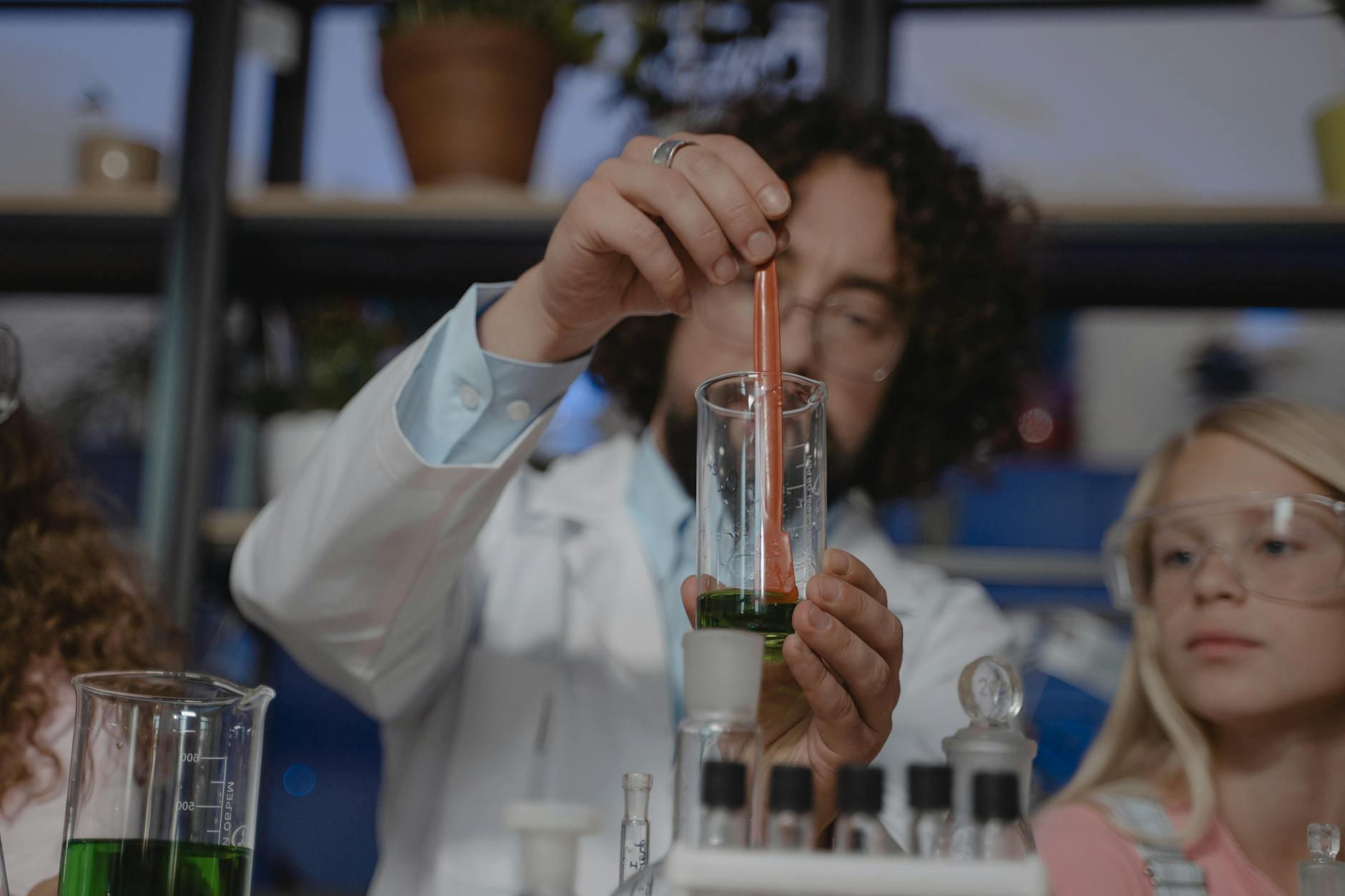Can Pottery Classes in the United States Inspire VR Innovations?

Exploring the Intersection
Pottery Class Experience
Imagining a world where the tactile essence of pottery meets the endless possibilities of VR brings a fascinating blend of the tangible and the digital. This layered intersection invites tech professionals like us to create solutions that enrich user experiences, drawing from fields as varied as artistic expression and technical advancement. Here in San Francisco, just beyond the immersive VR exhibits at the Exploratorium, professionals are exploring avenues such as cooking classes San Francisco, which serve as an analogy for how seemingly unrelated activities can inspire forward-thinking VR innovations. These experiences allow us to imagine and create environments where users can simultaneously engage multiple senses, opening pathways that traditional digital interactions often overlook.
VR Technology Fundamentals
At the heart of this synergy lies VR technology, a field where the potential for creative expression is almost limitless. It offers the framework to craft bespoke, interactive environments that cater to diverse user preferences, much like crafting clay into a unique piece of art. For tech environments like Silicon Valley, VR enables us to leverage tools that can create truly immersive and adaptive experiences. This is closely related to virtual team building activities that promote collaboration and innovation in ways that traditional methodologies may not.
Creative Synergy Potential
The confluence of pottery and VR speaks to a creative synergy where both fields enhance and transform each other. By exploring how concepts from cooking classes NYC can be integrated into VR, we can design systems that offer interactive, meaningful experiences. This innovative approach pushes us to embrace novelty and craft experiences that are not just user-friendly but visionary, laying the foundation for a future rich in creative potential, and driving the narrative of technological evolution.
Pottery as an Inspiration
Sensory Engagement in Pottery
In our fast-paced tech environment, it's crucial to consider how sensory engagement can influence innovation in virtual reality (VR). Pottery classes in Chicago, for instance, offer a unique tactile experience that engages the senses in a way digital interfaces often cannot. When your hands are submerged in clay, you become part of an ages-old tradition of creating with the earth, blending artistry with tangible feedback—a sensory connection that is yet to be fully harnessed in VR. Envision integrating these elements into the immersive VR exhibits at the Exploratorium in San Francisco to create an environment that encourages personal connection and creativity.
Process of Creativity
The process of pottery classes Chicago can spark fresh ideas in our approach to VR development. Pottery demands a deep focus on each stage of creation, from molding the clay to applying intricate designs. This hands-on approach encourages creative spontaneity and iterative thinking, which are invaluable in tech design. Imagine translating this model into a VR experience that guides users through a personal creation journey, echoing the creative processes seen in traditional art forms.
Mindfulness in Practice
Mindfulness is essential when navigating the complexities of modern technology, and pottery inherently promotes this state. The intentionality required in crafting a pot or sculpture is an inspiring analogy for mindfulness practices within VR design. By focusing on each step, we not only cultivate better crafts but also foster a balanced, forward-thinking mindset. Such an experience could be highly beneficial when considering bachelorette party ideas, combining mindfulness with social interaction, and offering a refreshing, tech-driven wellness solution.
VR Opportunities
Immersive Learning Potential
As we delve into the realm of VR, the immersive learning potential becomes a fascinating arena for innovation. Imagine a virtual pottery class where participants can not only learn the techniques of crafting but also experience the tactile sensations through haptic feedback. This technology could revolutionise the way we engage with art education, offering new, multisensory experiences that mirror the real world. The immersive exhibits at the Exploratorium serve as a testament to the captivating possibilities that VR brings to creating lifelike learning environments. Such immersive tools can turn traditional methods into interactive, experiential learning modules, elevating the entire educational landscape.
Innovation in Virtual Spaces
Innovation in virtual spaces offers a dynamic platform that extends beyond mere simulations to likely reshape entire industries. By integrating VR into creative fields like pottery classes NYC, tech enthusiasts can experiment with virtual clay-modelling tools that mimic real-world physics. This approach dissolves geographical barriers, providing access to global networks and diverse perspectives. Within tech hubs of Silicon Valley, the potential for collaboration and innovation seems limitless, fostering a community of forward-thinking creators.
Customization Capabilities
One of VR's standout features is its unparalleled customization capabilities. Imagine customizing your pottery class environment—changing backgrounds, altering clay textures, or bringing in elements inspired by paint and sip Chicago sessions. This adaptability allows users to craft unique experiences tailored to their specific needs, providing an avenue for personalized learning and creativity. The interaction of VR with existing technologies makes room for a more robust and individualized user experience, paving the way for the future of personalized learning and engagement.
Challenges in Communication
Bridging Physical and Digital
In our quest to meld physical experiences with cutting-edge VR technology, the challenge lies in an effective translation of sensory nuances into digital realms. Integrating experience gifts into the workplace could serve as an innovative model. Think of activities such as a paint and sip NYC session where the tactile and social elements are palpable. The task is to emulate these rich, tactile inputs in virtual spaces to foster an environment where users feel immersed, not just entertained. Creating a locale that blends the tech-forward pulse of Silicon Valley with the sensory richness of in-person classes demands a deep understanding of both realms.
Avoiding Over-automation
Another significant challenge is how to incorporate the human element amidst advanced tech frameworks without falling prey to over-automation. By automating too much, we risk stripping away the crucial emotional nuances that make experiences memorable. The aim should be to tailor digital experiences that understand emotional subtleties while maintaining the streamlined efficiency that tech professionals crave. Engaging people through intuitive interfaces that predict needs in real time can help strike this balance, but it's an ongoing refinement process.
Integrating User Feedback
For the tech aficionado and innovator alike, seamlessly incorporating user feedback into the VR narrative bridges gaps between expectation and reality. Leveraging feedback mechanisms akin to those used at tech-forward hubs within the industry helps adjust offerings and enriches user experience. Real-time data analytics can offer insights that enhance our understanding of user interaction, ensuring that advancements remain human-centric in an increasingly digitised workspace.
Best Practices
Collaborative Innovation Sessions
Imagine the buzz of creativity as tech professionals gather for collaborative workshops reminiscent of the team synergy witnessed in the tech hubs of Silicon Valley. Like the mesmerizing flow in pottery classes, embracing a culture of shared exploration can lead to groundbreaking innovations in virtual and augmented reality, where the lines between digital and tactile blur seamlessly.
Dynamic Feedback Mechanisms
In the realm of VR, embracing dynamic feedback loops can propel a project from concept to wow-worthy execution. By actively engaging with user experiences and integrating real-time insights, we at the forefront can pivot in response to evolving needs. Picture integrating such feedback, much like artists at the immersive VR exhibits at the Exploratorium, refining their work with each interaction to ensure we build not just products but experiences that resonate.
Ongoing Evolution
The spirit of continuous innovation echoes the rhythm and mindfulness found in pottery classes. By adopting agile methodologies and fostering a future-forward mindset, we can consistently enhance immersive experiences. Envision a gathering at networking events at the Ferry Building, where the exchange of ideas, reminiscent of immersive virtual experiences, fuels relentless growth and pushes the boundaries of what's possible in VR technology.
This fusion of collaborative creativity, responsive development, and dynamic evolution aligns perfectly with our quest to redefine virtual experiences for a forward-thinking audience.


